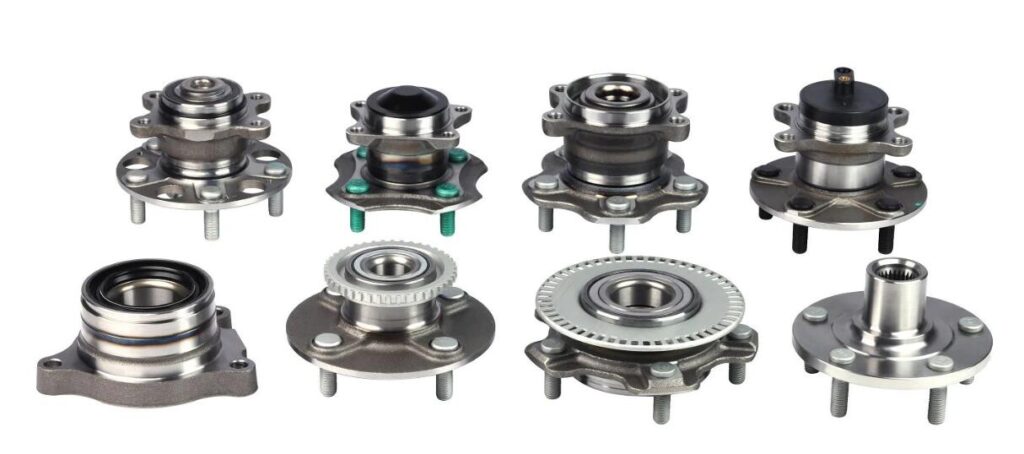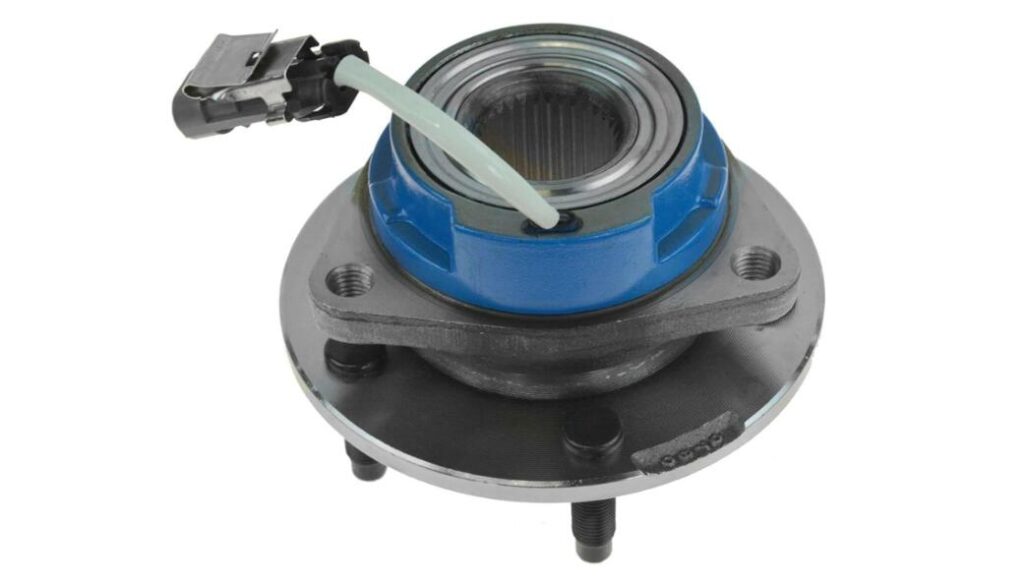Case Study: Overcoming Performance Challenges in Wheel Bearing Applications

Although small, wheel bearings are pivotal in a vehicle’s overall performance and safety.
Ensuring their optimal functionality is a task filled with challenges, many compounded by external factors like environmental conditions and driving habits.
This case study will delve deep into a real-life scenario where performance challenges in wheel bearing applications were expertly addressed, providing invaluable insights into best practices and innovative solutions.
Optimizing Wheel Hub Assembly Lifespan: The Role of Regular Performance Testing

The wheel hub assembly is a crucial component in the automotive world, acting as the bridge between the vehicle’s axle and the wheel.
Its proper functioning ensures that drivers experience a smooth ride while also ensuring the safety of the vehicle’s occupants.
Regular performance testing becomes paramount due to the wheel hub assembly’s critical role.
Such testing not only ensures the optimal functioning of the component but also maximizes its lifespan.
This article dives deep into the role of regular performance testing and its distinctiveness in optimizing the wheel hub assembly lifespan.
The Evolution of Wheel Hub Testing Standards Over the Decades

In the realm of automotive engineering, the emphasis on safety, reliability, and performance has remained a constant.
The wheel hub, a critical component that interfaces the wheel and axle, is no exception to this rule.
Given its vital role, the standards for testing wheel hubs have evolved substantially over the decades.
This evolution mirrors the industry’s growing knowledge base, technological advancements, and an enhanced focus on consumer safety.
This article traces the journey of wheel hub testing standards, shedding light on their distinctiveness and underlying rationale.
Understanding the Importance of Tensile Strength in Wheel Bearing Materials

In automotive engineering, every vehicle component, regardless of size, is crucial in overall performance and safety.
Although small, wheel bearings have the essential task of supporting a vehicle’s axial and radial loads, ensuring the smooth and efficient rotation of wheels.
A key determinant of their performance and reliability is the tensile strength of the materials from which they’re made.
This article will delve into tensile strength, its significance in wheel-bearing materials, and the broader implications for vehicle performance and safety.
Improving Wheel Hub Performance Through Advanced Heat Treatment Processes

In the automotive industry, achieving optimal performance in each component is paramount.
The wheel hub, a crucial part of connecting the axle to the wheel, ensures vehicle safety and efficiency.
Heat treatment is one of the primary techniques to enhance its longevity and functionality.
This article will delve deep into advanced heat treatment processes and their role in elevating wheel hub performance, outlining their unique features and implications.
Meeting SAE International Standards in Wheel Hub Assemblies

Wheel hub assemblies are pivotal in ensuring automotive vehicles’ safety, performance, and efficiency.
As the central component connecting the wheels and axles, their quality, design, and construction standards are paramount.
The Society of Automotive Engineers (SAE) International is a recognized authority in this domain, which sets and promotes industry standards globally.
This article delves into the importance of meeting these standards in wheel hub assemblies, highlighting their unique attributes and the benefits of adherence.
Understanding the Role of ISO/TS 16949 in Wheel Bearing Quality Management

The automotive industry operates globally, demanding an unyielding focus on quality, safety, and reliability.
At the heart of this industry’s relentless pursuit of quality is the International Organization for Standardization (ISO), a non-governmental international entity that sets globally recognized standards across various sectors.
One such standard pertinent to the automotive industry is ISO/TS 16949.
ISO/TS 16949 is a Technical Specification that aligns with and supplements ISO 9001 but with an enhanced focus on automotive industry-specific requirements.
While ISO 9001 applies to organizations across different sectors, ISO/TS 16949 is strictly automotive-oriented.
A key component often influenced by this specification in the automobile industry is the wheel bearing – a critical element that enables smooth wheel and tire rotation.
Exploring Advanced Surface Coating Techniques for Wheel Bearings

Wheel bearings, a critical component in automotive vehicles, are subjected to extreme operating conditions, including high speeds, high temperatures, and varying loads.
Surface coating techniques have been increasingly employed to enhance their performance, durability, and corrosion resistance.
This article will explore advanced surface coating techniques for wheel bearings, discussing their distinctive features and applications in detail.
The Use of Non-Destructive Testing Techniques in Wheel Hub Assembly Verification

Non-destructive testing (NDT) methods have become crucial in maintaining the automotive industry’s safety, integrity, and reliability of wheel hub assemblies.
As the name suggests, these testing procedures allow for comprehensive evaluation of the component without causing any harm to it, ensuring the assembly is fit for use.
This article explores the essence of various non-destructive testing techniques and their distinctive role in wheel hub assembly verification.
From Forged to Powder Metallurgy: Evolving Materials in Wheel Hub Manufacturing

The quality and performance of wheel hubs are deeply influenced by the materials used in their manufacturing.
Over the years, manufacturers have constantly evolved their approach in pursuit of better materials that offer enhanced durability, strength, and cost-effectiveness.
This article explores this evolution in wheel hub manufacturing materials – from the traditional forged method to the cutting-edge powder metallurgy technique.
